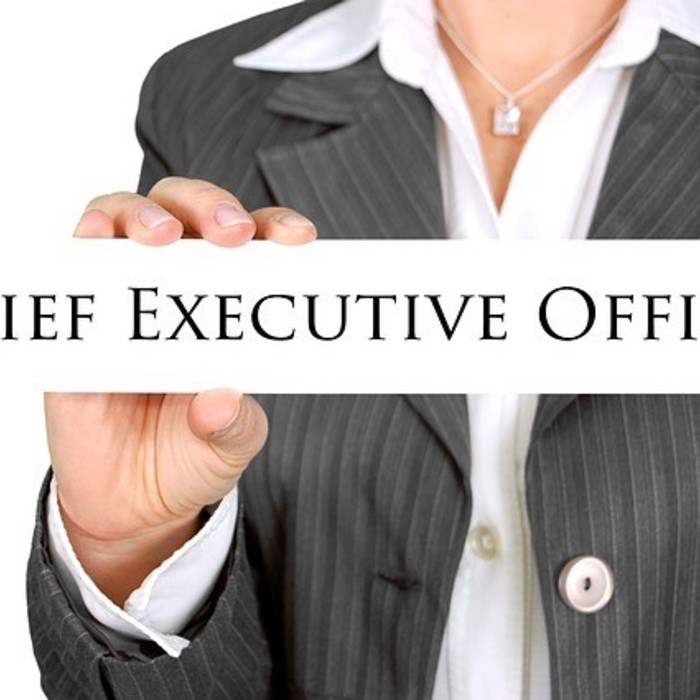By Garrett Hollander,
In this last installment, we cover what to do once you finally get a meeting with the CLE. It’s a B2B sales call with a completely different texture than others.
So there you are with the CLE and a couple VPs. What’s next? Is there a blueprint for these type ofsales appointments? You better believe it. Your job is to be impressive right from the word, “Go!” The first few minutes are crucial in establishing a good first impression.
Once you’ve shown composure and confidence, your agenda could continue as follows:
1. Identifying critical business issues
2. Sharing your diagnosis and insight
3. Your solution’s capabilities that might lend improvement
4. Your solution’s elements and your expertise
5. NEXT STEPS!
CLEs need to know that you’ve done your homework and know the problems their organization might be up against. At this stage in the game, success depends on how well you can get the CLE to open up dialogue and reveal his insight. If you show up and want to talk about challenges where the information was already available to you prior to the meeting, you won’t fare well. However, if you show up already knowing the problems and the impact of not changing, you’re ahead of the 8-ball.
Now you need to solicit a reaction to your diagnosis – for the CLE to affirm or reject your assertions. You might even ask him to list with you a set of problems/impacts that exist.
So now, hopefully the CLE is confident that you understand his business. The next step is to direct the CLE to describe the potential payoffs and impact of solving the organization’s issue(s) – through questioning. Plan these questions in advance.
Next, show how your solution can help the CLE and his organization get to a comfortable state with their challenges. You want to show that you have the capabilities to help and then get some feedback.
You’re getting towards the end of the meeting and now you need to be keen on how the decision-making process will go from here on out. Say something like, “I want to work with you effectively. Can you tell me a bit about the process you normally follow in making strategic purchase decisions like this?” Also, if you’re in a competitive situation, take this opportunity to inquire about the decision criteria for the project. This will help in drafting differentiators within your proposal.
This should be second nature to a seasoned salesperson, but the last thing is tie up some next steps before leaving the office. Make sure that you are building up the value of the next meeting.

